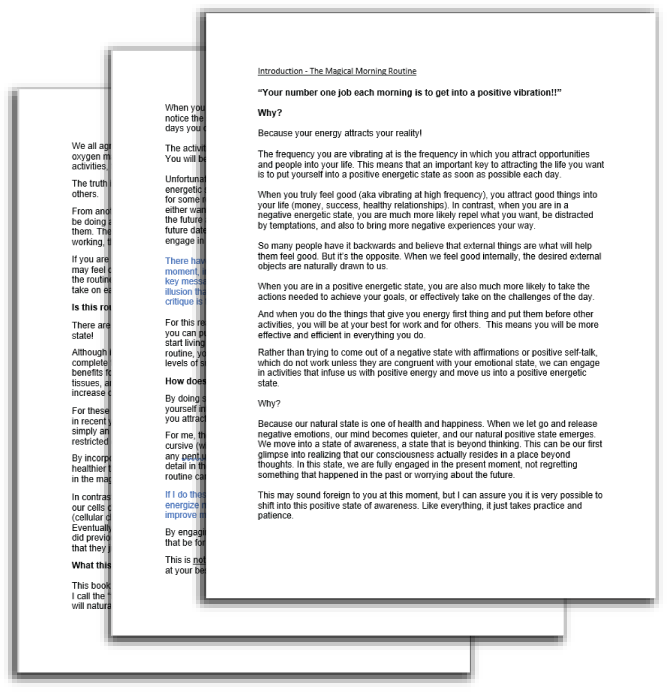Getting Started with Intermittent Fasting
Written by Stephen Anton PhD on July 11, 2024

Unlocking the Power of Intermittent Fasting: A Beginner’s Guide
In the quest for better health, weight loss, and overall well-being, many have turned to various dietary strategies. Among these, intermittent fasting (IF) has emerged as a powerful and popular approach. But what exactly is intermittent fasting, and how can you harness its benefits? This beginner’s guide will help you unlock the power of intermittent fasting.
What is Intermittent Fasting?
Intermittent fasting isn’t about what you eat; it’s about when you eat. It involves cycling between periods of eating and fasting. Unlike traditional diets that restrict calories and food types, IF focuses on the timing of meals. The most common methods include:
The Benefits of Intermittent Fasting
Getting Started with Intermittent Fasting
Tips for Success
Potential Challenges
Conclusion
Intermittent fasting can be a powerful tool for improving your health and well-being. By understanding the basics and starting gradually, you can unlock its full potential. Remember, the best fasting method is the one that fits seamlessly into your lifestyle. So, take the first step, stay committed, and enjoy the journey to a healthier you.
Whether your goal is weight loss, improved metabolic health, or simply feeling better, intermittent fasting offers a flexible and effective approach. With the right mindset and support, you can harness the power of intermittent fasting and transform your health.
16/8 Intermittent Fasting: Tips from an Industry Expert
Written by Stephen Anton PhD on June 30th, 2023

The 16:8 intermittent fasting plan, also known as the 16:8 diet or time-restricted feeding, is a popular fasting method that involves restricting your daily eating window to a specific time-period and fasting for the remaining hours of the day.
16/8 Intermittent Fasting Plan
The “16:8” refers to the fasting and eating windows within a 24-hour cycle. Here’s how the 16/8 intermittent fasting plan typically works:
5 Reasons for the Increased Popularity of 16/8 Intermittent Fasting
The reason this approach has become so popular is that it’s highly sustainable and easy to follow once the body has adapted to this way of eating.
The 16:8 intermittent fasting plan gained popularity through a combination of factors, including scientific research, anecdotal evidence, and increased interest in alternative approaches to weight loss and health improvement. Here are a few key factors that contributed to its rise in popularity:
Points to Consider While Practicing 16/8 Fasting
The 16/8 plan offers flexibility in choosing the eating window that suits your schedule and preferences. Common approaches include starting the fast in the evening after dinner and skipping breakfast the next morning or delaying the first meal of the day until later in the morning.
Remember, consistency and sustainability are key factors in any dietary approach. It’s essential to find a pattern that works well with your lifestyle and promotes a healthy relationship with food.
Muscle Growth and 16/8 Intermittent Fasting
The 16:8 intermittent fasting plan may not be considered the optimal approach for maximizing muscle growth compared to other dietary strategies.
Muscle growth requires an adequate intake of nutrients, particularly protein, to provide the necessary building blocks for muscle synthesis and repair.
In the 16:8 plan, there is a limited eating window of 8 hours, which may make it challenging for some individuals to consume enough calories and nutrients, including protein, within that time frame.
This could potentially hinder muscle growth if nutrient intake is not properly managed.
However, as described in the blog “Intermittent Fasting for Bulking” this is certainly possible and I believe that fasting and bulking (muscle growth) can be combined successfully.
16/8 Fasting and Your Circadian Rhythm
The 16:8 intermittent fasting plan can be designed to align with circadian rhythms, which are the natural biological rhythms that regulate various physiological processes in the body, including metabolism and sleep-wake cycles.
Our circadian rhythms are influenced by external cues, such as light and darkness, and play a role in regulating metabolism. The timing of food intake can impact the synchronization of our internal body clocks and optimize metabolic processes.
By aligning the eating window of the 16:8 plan with the body’s natural circadian rhythms, it is believed to promote better metabolic health and overall well-being.
How to Time the 16/8 Intermittent Fasting Plan
16/8 Intermittent Fasting Final Thoughts
While the 16:8 intermittent fasting plan can be structured to align with your circadian rhythms, individual variations exist, and what works best for one person may not be suitable for another.
For this reason, it is essential to listen to your body, adapt the fasting plan to your needs and preferences, and seek guidance from a healthcare professional or registered dietitian if necessary.

Get the Introduction to Dr. Anton’s Upcoming Book: Magic Morning Routine
Take advantage of this 100% free PDF and learn how to create a morning routine that helps you feel and perform at your best.

Get the Introduction to Dr. Anton’s Upcoming Book: Magic Morning Routine
Take advantage of this 100% free PDF and learn how to create a morning routine that helps you feel and perform at your best.

Get the Introduction to Dr. Anton’s Upcoming Book: Magic Morning Routine
Take advantage of this 100% free PDF and learn how to create a morning routine that helps you feel and perform at your best.









